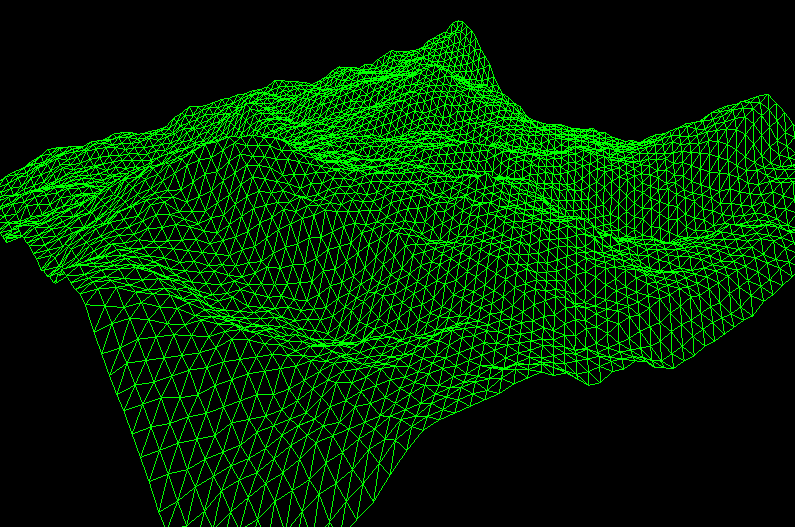This library generates a noise in 2D or 3D with the Simplex Noise algorithm of Ken Perlin. This algorithm is used to generate clouds, fogs, realistic terrains, etc. It's an improved version of the Perlin Noise algorithm.
Functions are not documented because I suggest that you read a few tutorials on Internet before using the lib (Google is your friend).
Since this library uses mainly the code of Stefan Gustavson, I credited him as the author. I added to his code a random generator for the seed, scales for each dimension, and two Multi functions to combine layers of noise. I included two basic examples using the libGDX library.
Don't ask me to explain you anything about this. As I said above, everything is explained at length in tutorials on Internet and the algorithm itself is of a very high level (I don't fully understand it).
In post #6, there's another example (3D landscape).
Functions are not documented because I suggest that you read a few tutorials on Internet before using the lib (Google is your friend).
Since this library uses mainly the code of Stefan Gustavson, I credited him as the author. I added to his code a random generator for the seed, scales for each dimension, and two Multi functions to combine layers of noise. I included two basic examples using the libGDX library.
Don't ask me to explain you anything about this. As I said above, everything is explained at length in tutorials on Internet and the algorithm itself is of a very high level (I don't fully understand it).
In post #6, there's another example (3D landscape).
Attachments
Last edited:

